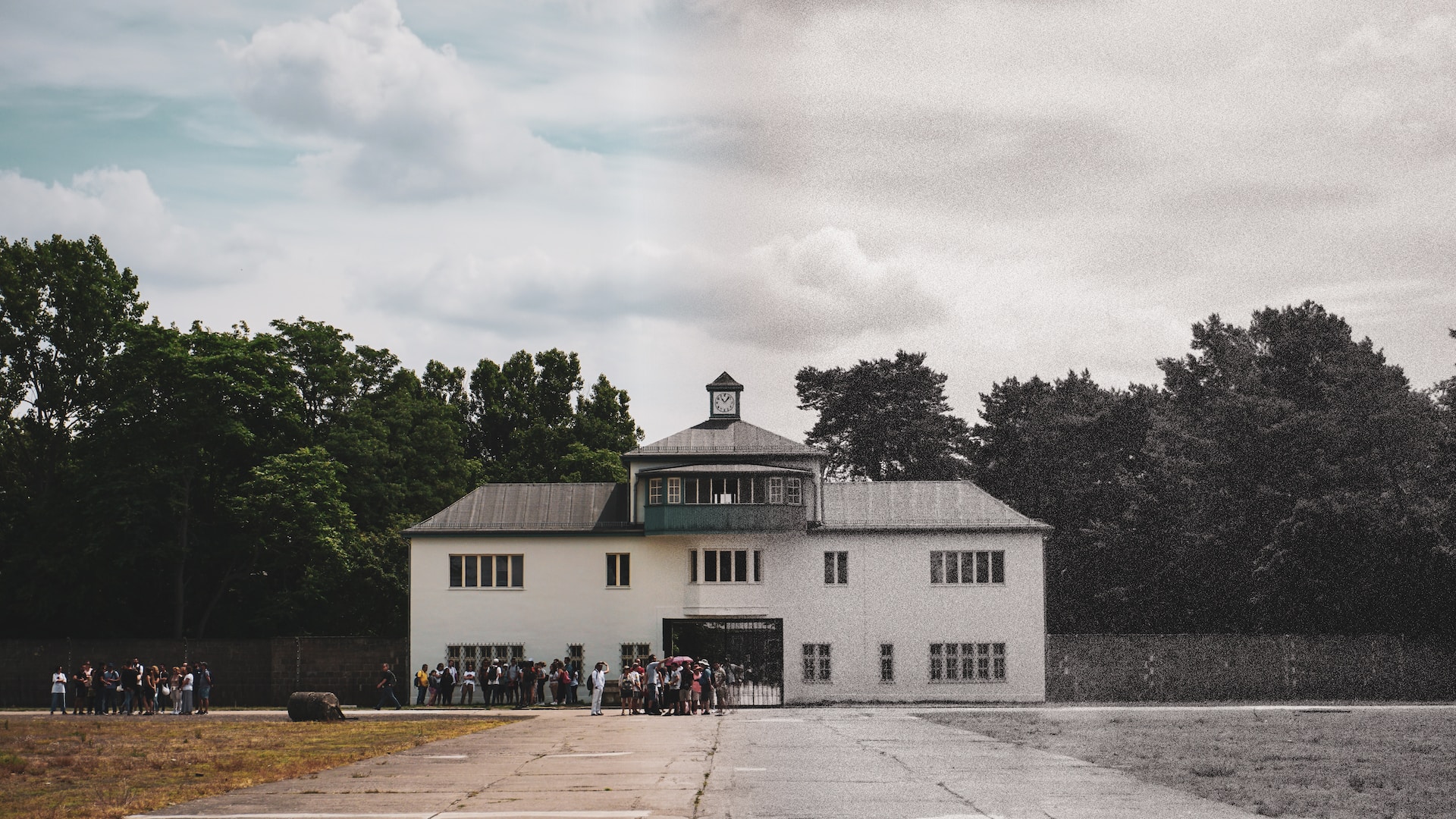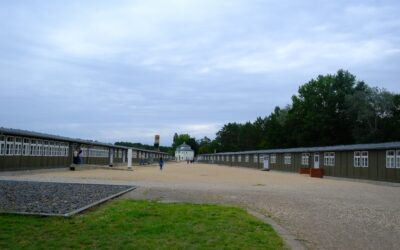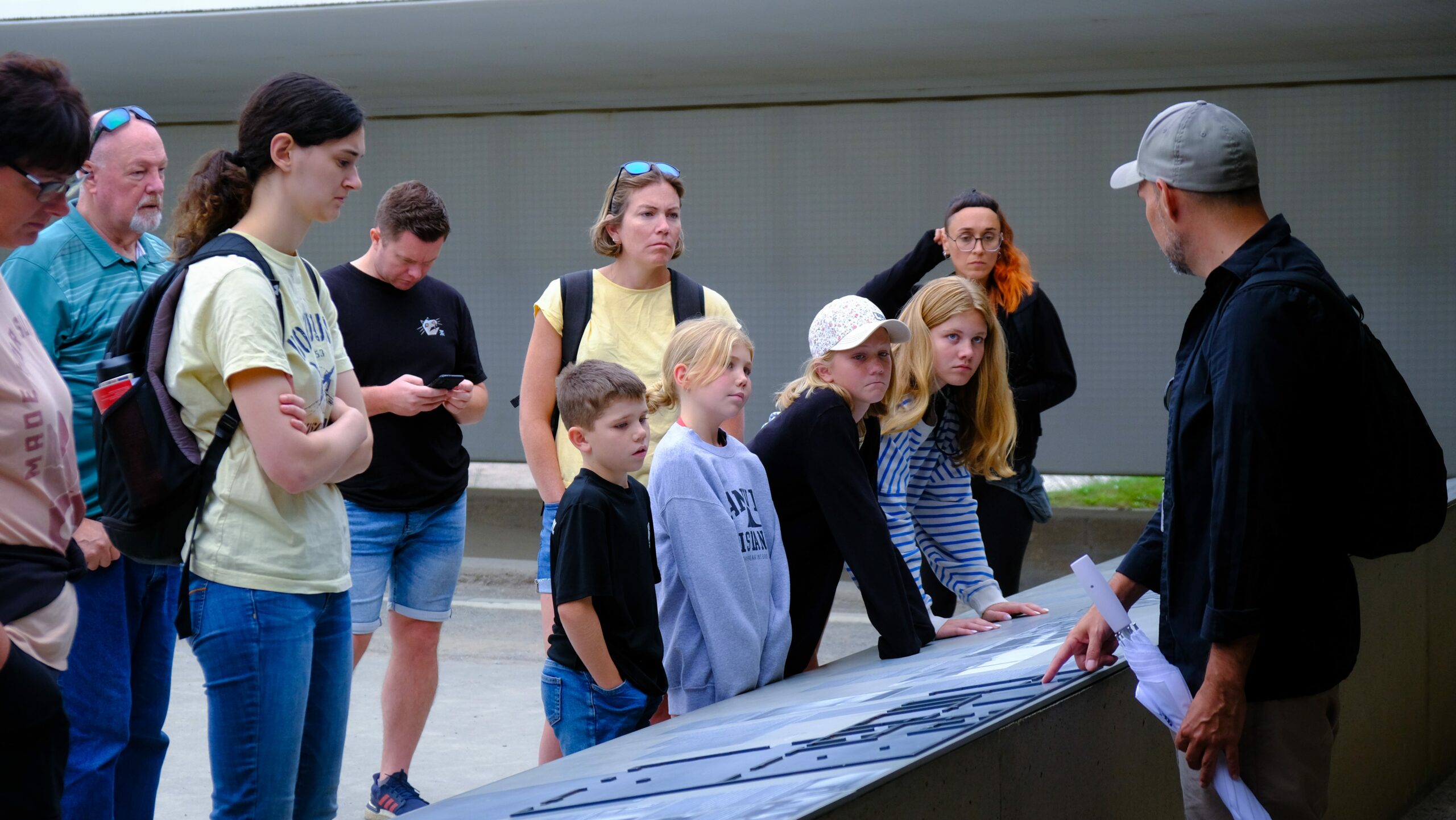The Sachsenhausen Concentration Camp in Oranienburg, near Berlin, Germany was one of the Nazi concentration camps of the Second World War Perios. This camp was erected in 1936 as an example of how these camps should be run, and was largely designed for political prisoners, educated folks, part of the resistance movement, and Jehovah’s Witnesses.
The Purpose And Function Of Sachsenhausen Concentration Camp
Sachsenhausen Concentration Camp was built to ensure that the prisoners felt the major events – fear, isolation, and torment. But the main goal was one – to imprison and torture people for their political or social views, for being opponents of the Nazis.
Conditions at the camp included the use of slave labor, medical experimentation and observational experimentation, abuse, and execution. Many prisoners suffocated, starved, perished, and were systematically gassed or shot to death.
Life Inside Sachsenhausen
The first days imprisoned prisoners were dishonored when they were registered, stripped of their belongings and when they were subjected to a brutal physical examination on arrival. They where then distributed to different work details in the given camp or were sent out to work in local industries or construction.
They worked hard, the common prisoner eating sparingly was a rarity, and the inmates lived in constant fear of their lives. Stable was cramped with inadequate provision of latrine facilities and with bathing and washing amenities; soldiers’ living conditions were necessarily unhygienic with resultant high incidence of sickness from infection.
Medico-legal Report on Medical Experiments and Torture
Doctors in the Nazi concentration camp at Sachsenhausen used their prisoners as test subjects for medical experiments putting them through severe awful conditions in order to observe the outcomes. A lot of prisoners received severe outcomes – they lost their abilities to work, got diseases for the rest of their lives, or even died.
Another form of treatment in Sachsenhausen was also torture. They used tactics like; wearing aggravated force, other brutalpractices like beating of the inmates,starvation, standing cells and isolation.
The Death Marches
When Allied forces closed in on Germany in 1945 the Nazis started relocating the camps. Survivors recall that Sachsenhausen prisoners were subjected to death marches – long walks in below-freezing temperatures with little or no food or water. Some of them died on the way or were shot dead by guards while being transported.
Visit Sachsenhausen Today
Since the end of World War II, Sachsenhausen Concentration Camp has been preserved as a memorial and museum. Today, it serves as a reminder of the atrocities committed during the Nazi era, offering visitors a chance to honor the victims and learn about the history in order to prevent future atrocities.
When visiting Sachsenhausen, it is important to approach the experience with sensitivity and respect. Below are a few tips to enhance your visit:
- Plan your visit in advance and allow ample time to explore the site.
- Consider taking a guided tour or audio guide to gain deeper insights into the camp’s history.
- Respect the solemnity of the site. Refrain from loud or disruptive behavior.
- Dress appropriately and wear comfortable shoes as you may be walking long distances.
- Bring water and snacks, as there are limited facilities within the camp.
- Take time to reflect and pay tribute to the victims at the memorial sites within Sachsenhausen.
Remembering the Past to Shape the Future
Sachsenhausen Concentration Camp stands as a poignant reminder of the atrocities committed during the Holocaust. It serves as a place where visitors can witness the horrors of the past, ensuring that the memory endures and that the lessons learned contribute to a better and more tolerant future.




